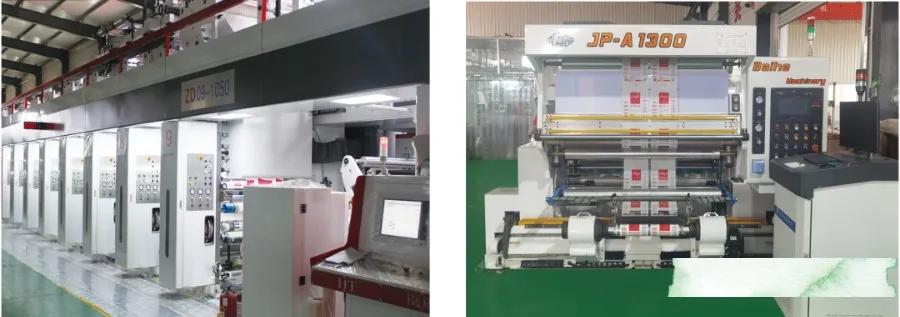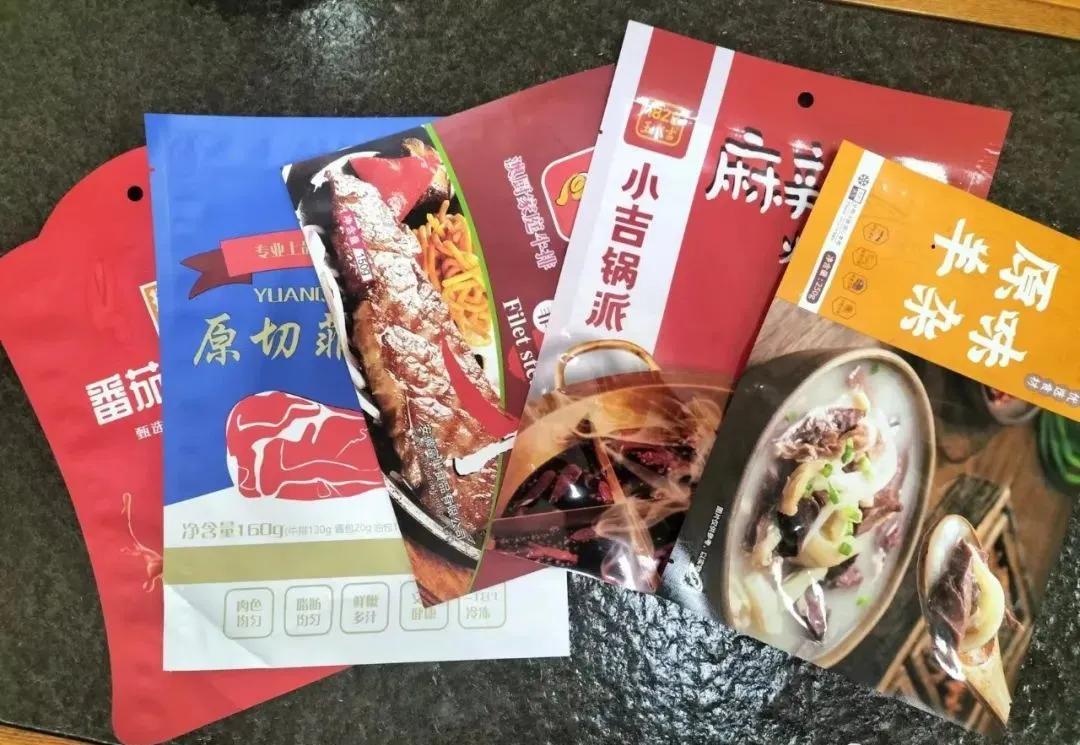Date:2024-04-09
The root cause of bleaching is that the resin in the ink is separated from the pigment, and the ink surface formed a rough particle surface after printing and drying, which has the following two situations.
The concept of thixotropy
The nature of the change in the flow performance of the ink caused by the action of external agitation is called thixotropy. In fact, thixotropy can be explained by any kind of suspended dispersion, which becomes thin when stirred and thickens after standing.
In general, good quality ink thixotropy is small, without special treatment can be directly used on the printing press. However, inks without thixotropy are prone to precipitation, so they are not good. In general, the thixotropy of white, yellow and cyan inks is small, and the thixotropy of magenta and black inks is large.

Factors affecting the thixotropy of ink
1. The nature of the pigment used. Like a type of carbon ink, when its surface is treated with ozone oxidation, the thixotropy of the ink made is much smaller than that of the untreated ink.
2. The particle size of the pigment. Generally speaking, the pigment particles are small, the thixotropy of the ink is small, and the other way around is large.
3.The amount of pigment. The amount of pigment is large, and the mutual attraction between pigment molecules will cause flocculation, so the thixotropy of the ink is also large.
4. Molecular weight of synthetic resin. The molecular weight of the resin is large, but the thixotropy of the ink with a small n-heptane value is large, and the other way around.
5. Wettability of pigment. The wettability of the pigment is good, the thixotropy of the ink is small, and the reverse is large. Some ink manufacturers often use the base ink method to pre-disperse in advance in the production of black ink, so that the wetting degree of the pigment is improved, thereby reducing the thixotropy of the ink.

The influence of thixotropy on the quality of printed products
Solvent-based gravure printing inks should have appropriate thixotropy. When the thixotropy is too large, the first performance is poor leveling, viscosity is not easy to control, may cause paste plate, uneven coating, poor luster, printing is easy to produce "orange peel" and other phenomena. When thixotropy is too small, the printing dot is easy to increase, and the text and lines will become thicker.
Disclaimer: This article is reproduced on our website to provide readers with more news information. The content does not constitute investment, consumption advice, only for readers' reference

 Location >>
Location >> 